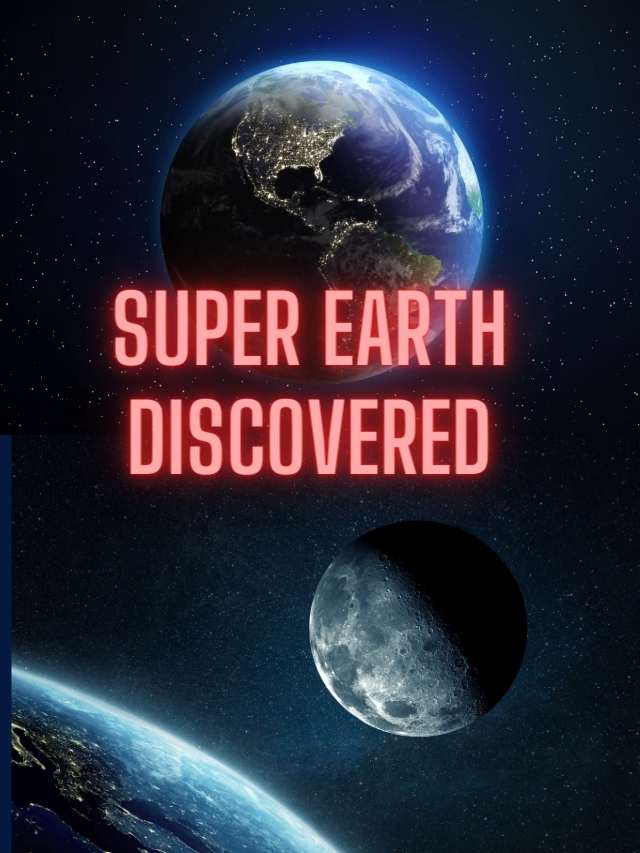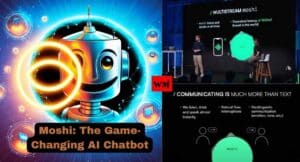[ super earth, super-Earth, exoplanet, habitable zone, red dwarf, TOI-715b, astronomy, TESS satellite, James Webb telescope, habitable planet }
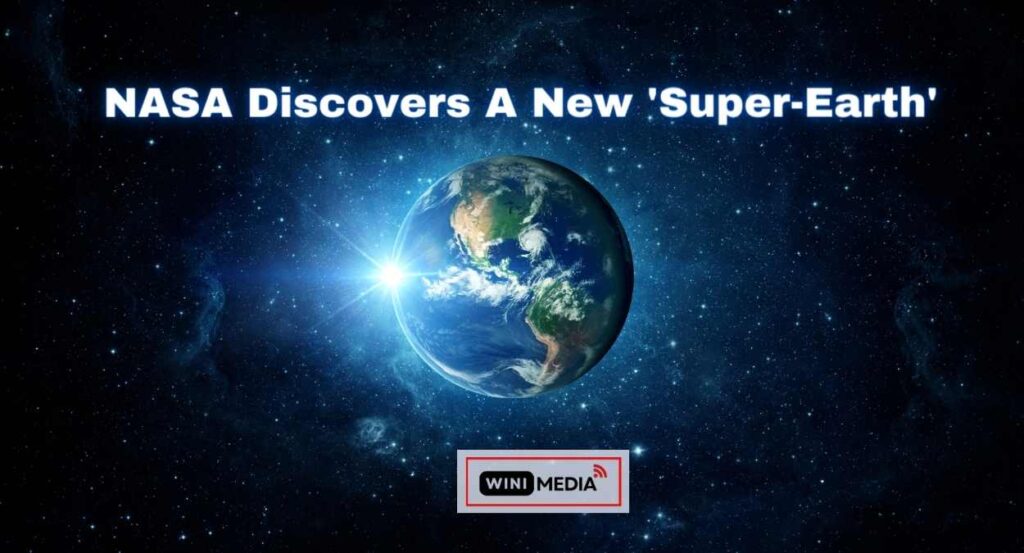
Habitable Super Earth Found Orbiting Nearby Red Dwarf Star
Astronomers have discovered an intriguing new planet, TOI-715 b, orbiting a small, dim red dwarf star about 137 light years from Earth. This “super Earth” planet is around 1.5 times wider than our home planet and orbits in its star’s “habitable zone” – the area where temperatures could allow liquid water to exist on a rocky planet’s surface.
The discovery of TOI-715 b joins a growing list of potentially habitable planets found in recent years. Its location, size, and parent star make it a promising target for future observation by advanced telescopes. While many factors determine whether a planet can truly support life, TOI-715 b merits additional scrutiny in the ongoing search for worlds beyond our solar system.
Key Details on the Newly Found ‘Super Earth’
TOI-715 b was initially detected by NASA’s planet-hunting TESS satellite, which observes distant stellar systems for periodic dips in light caused by planets crossing the faces of their stars. Follow-up observations from ground-based telescopes helped confirm the discovery:
- Planet Size: Around 1.55 times wider than Earth
- Orbit: Within the habitable zone of the parent M-type red dwarf star
- Orbital Period: A “year” equals 19 Earth days
- Distance: 137 light years from Earth
- Star: Small, cool M-type red dwarf star TOI-715
- Possibility of More Planets: Evidence of a second, Earth-sized planet in the system
Let us summarize the key details of TOI-715b in the table :
| Property | Measurement |
|---|---|
| Planet size | 1.55 x Earth width |
| Orbit location | Conservative habitable zone |
| Year length | 19 Earth days |
| Distance from Earth | 137 light years |
| Parent star | Small M-dwarf (red dwarf) |
This newly found world is still shrouded in mystery, but its tantalizing traits make it a priority for further examination by astronomers.

Why Astronomers Are Excited About This Particular Planet
TOI-715 b orbits a type of dim red dwarf star that has become a major focus in the search for potentially habitable exoplanets beyond our solar system. As lead discovery researcher Dr. Georgina Dransfield explains:
“M-dwarf stars are thought to host the most habitable planets in our galaxy, making them a prime target for exoplanet detection and characterization.”
There are several reasons why small planets around red dwarfs make promising targets:
- Red dwarfs are extremely common, making up 70% or more of all stars
- Older red dwarfs are very stable, with stable habitable zones
- Rocky planets can orbit very close while still in the habitable zone
- Close-in planets are easier to detect crossing star faces
Additionally, the size of TOI-715 b gives it a better chance of being rocky and geologically active like Earth, unlike gas planets. Its faster orbit also means more frequent observations compared to farther out planets.
“The discovery of TOI-715 b checks a lot of important boxes that make astronomers take special notice,” said NASA Astrophysics Division director Paul Hertz. “It may become a ‘Rosetta Stone’ for understanding future planets if we can study its atmosphere.”
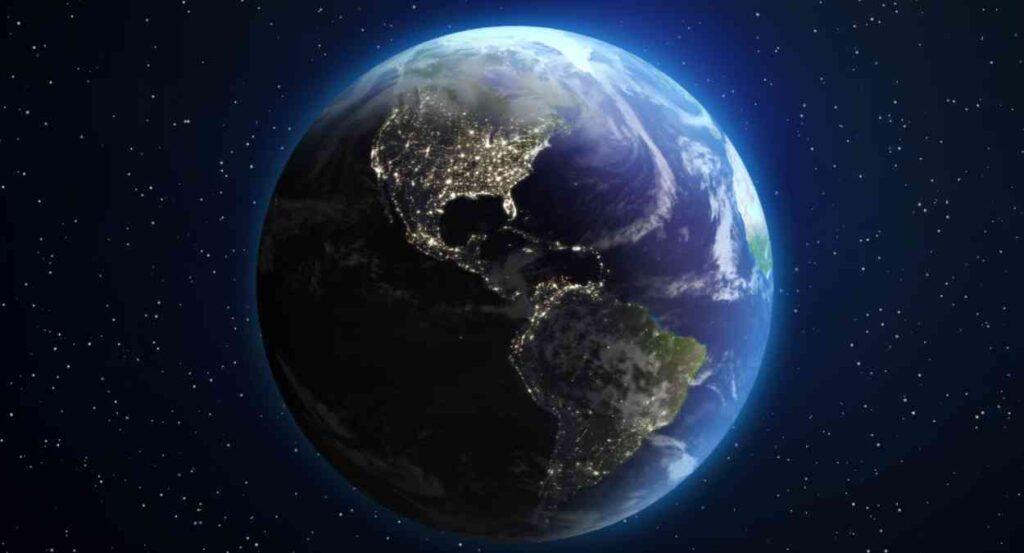
Is This Super-Earth Habitable?
While TOI-715 b’s location in the habitable zone indicates possible surface temperatures for liquid water, many factors determine if a planet can actually support life. Red dwarfs pose challenges including tidal locking and stellar flare ups. Still, TOI-715 b is firmly within the conservative definition of the habitable zone – the range of distances where more temperate conditions give it a better shot.
For true habitability, key requirements include:
- Temperature – A stable climate suitable for liquid surface water
- Atmosphere – An atmosphere to maintain pressures and temperatures, permit water cycles
- Chemistry – Ability to dissolve key chemicals and nutrients
- Energy – Access to consistent energy source other than thermal energy
- Time – Sufficiently long residence time within the habitable zone
We cannot yet determine if TOI-715 b meets all these criteria. But signs of an atmosphere around the planet would boost its status as one of the most promising super Earths found to date.
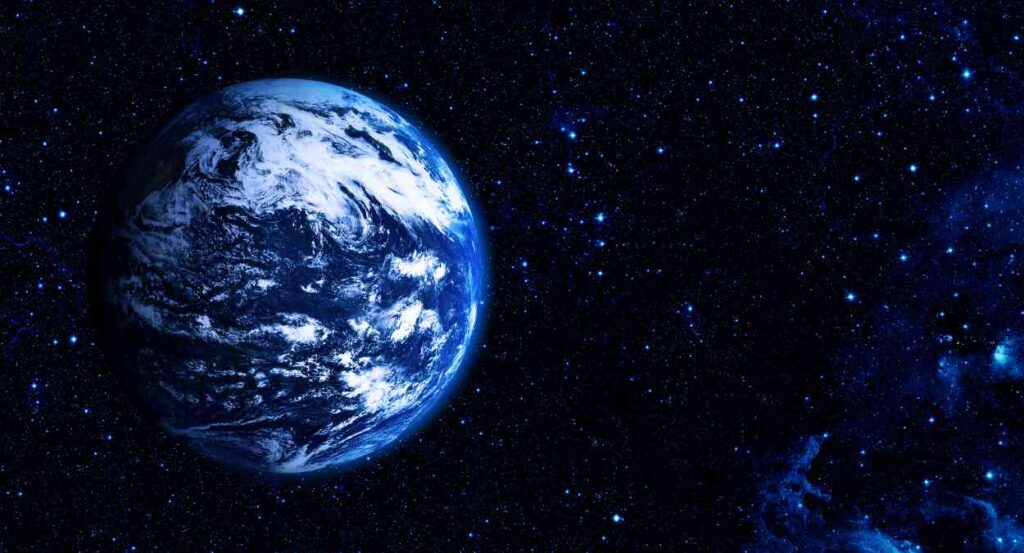
Why This Discovery Matters for the Future
The study authors highlight why this new world excites astronomers:
“The detection of TOI-715 b itself marks an important milestone, being TESS’s first potentially habitable planet. But what makes the TOI-715 system memorable is that it checks so many boxes important for follow-up studies.”
Upcoming observatories like NASA’s James Webb Space Telescope (JWST) and extremely large ground telescopes will train more powerful eyes on exoplanets like TOI-715 b. JWST’s infrared instruments can potentially sniff out chemical compositions of atmospheres. Features like clouds or captured gases like carbon dioxide would provide clues to a planet’s climate and surface.
While just finding an Earth twin remains the ultimate goal, analyzing super Earths like TOI-715 b takes us steps closer. As technology progresses, astronomers gain experience studying a variety of intriguing worlds. Lessons learned from one planet carry over to interpreting others. Maybe, just maybe, one of these habitable zones worlds harbours some form of life. But regardless of the outcome, expanding our cosmic horizons moves humanity forward as explorers.
Frequently Asked Questions
Q: How big is TOI-715 b compared to Earth?
A: TOI-715 b is around 1.55 times wider than Earth, putting it in the super Earth size range.
Q: What kind of planet is TOI-715 b?
A: It is likely a rocky terrestrial planet, but further study is needed to confirm properties like mass and composition.
Q: Could TOI-715 b have an atmosphere?
A: It may have a substantial atmosphere detectable by future telescopes if it has features like water vapor, carbon dioxide, or clouds.
Q: Does this planet have confirmed liquid water?
A: No, we only know TOI-715 b orbits in its star’s habitable zone, not whether conditions allow liquid surface water.
Q: How was this new super Earth discovered?
A: It was first spotted transiting its star by NASA’s TESS satellite, then confirmed with ground observations.
Q: How far away is planet TOI-715 b?
A: It is located 137 light years from our solar system, relatively close by cosmic standards.
Q: Could TOI-715 b actually support life?
A: We do not have enough data yet to determine if it meets all conditions for supporting life as we know it.
Watch the web story on Super Earth
Conclusions and Future Outlook on Super Earth
The discovery of TOI-715 b (Super Earth) expands the catalogue of potentially habitable planets ripe for further scrutiny. Upcoming space missions and ground observatories will build on recent momentum finding and assessing habitable zone worlds around red dwarfs. Perhaps one day probes might even voyage to promising planets for direct evaluation.
For now, TOI-715 b provides an encouraging data point that such worlds exist relatively near to us. And where one promising planet is found, more very likely await detection. This super Earth gives astronomers another specimen to prepare them for true Earth analogues in the future.
Researcher Dransfield summed it up fittingly on why TOI-715 b matters:
“While not exactly Earth 2.0, TOI-715 b demonstrates TESS’ ability to detect worlds that, in the very near future, we will be able to probe for signs of an atmosphere and biosignatures. Soon we will be taking the next big step in the search for other Earths and life beyond our local Solar System.”
Disclaimer:
This article is published by Wini Media for informational and educational purposes only. All facts and statistical data have been sourced from reputable sites and astronomical publications. Any opinions expressed are those of the author.
Also Read:
NASA Sends Out Warning : Aircraft-Sized Asteroid Hurtles Towards Earth At Frightening Speeds.
Krutrim: India’s First AI Unicorn Revolutionizing the Landscape In 2024
Discover India’s Top 25 Vipassana Meditation centre For Life Transformation
What Does The Odometer Of An Automobile Measure? Your Car’s Odometer Reading Explained
Google And NPCI Join Hands To Propel India’s UPI Worldwide : UPI Global Launch
